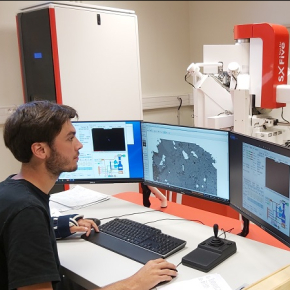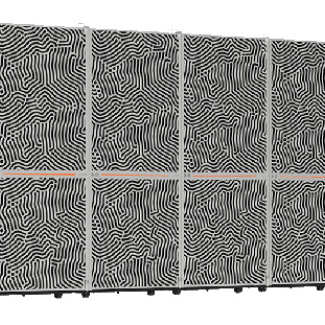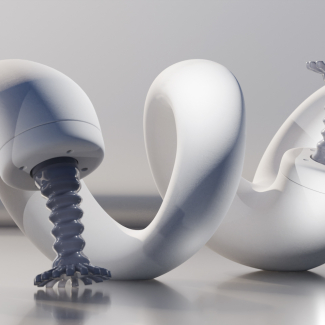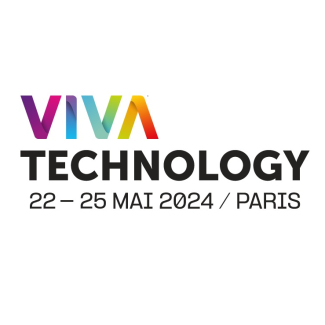
Launch of a new research and innovation interface on uranium
|
The CNRS, the University of Lorraine, and Orano, an international operator in the nuclear field, have decided to join forces and set up the CREGU joint laboratory, a new uranium research interface located in Nancy, France. The goal is to jointly develop more efficient approaches and processes for the exploration and mining of new uranium resources, the raw material for nuclear power.
France's rising electricity needs, its energy independence and the decarbonisation of its energy mix are all challenges to which nuclear energy can provide a solution. France has a strategic position due to its know-how in the processing and management of nuclear materials. The country can thus count on a unique environment made up of international industry operators such as Orano, enabling it to interact with both fundamental and applied research facilities recognized for their expertise.
With the aim of constantly adapting to industrial and scientific challenges, the CNRS, the University of Lorraine and Orano have decided to set up a Joint Laboratory (LabCom), building on over 40 years of scientific collaboration. Dubbed CREGU*, and positioned at the heart of Nancy's research and training environment, it will be able to rely on the expertise of the GeoRessources Laboratory (CNRS/Université Lorraine). This is a real asset, since CREGU will thus be able to draw on the laboratory's long-standing expertise as well as its sample collections, data and analytical platforms, which are among the best in France.
"As a responsible industrial group and producer of uranium, it is essential for Orano to develop new uranium-related research areas in connection with its operations. The CREGU Joint Lab will be mutually beneficial for its three partners, extending our shared areas of research beyond geology and integrating digital technologies and hydrometallurgy, and building a common development strategy," explains Nicolas Maes, Chair of Orano Mining.
CREGU's work will be organised around five research areas, aimed at improving our knowledge of uranium deposits in order to increase our chances of finding new ones, developing new characterisation and modelling tools, and optimising industrial techniques for processing uranium resources from the subsurface and from recycling.
To achieve its goals, CREGU will be supported by a team of some 30 people from its partners, namely the CNRS, the University of Lorraine, and Orano. It will also serve as a tool for training through research, in particular via the involvement of numerous Master's and PhD students.
“Orano is a long-standing partner of the University of Lorraine, in both training and research. The creation of this Joint Lab with the CNRS, coming on top of the industrial chair recently obtained through the French National Research Agency ANR, further strengthens the collaboration between Orano and the Lorraine site." Hélène Boulanger, President of the University of Lorraine.
Thanks to CREGU, the three partners hope to jointly achieve results in the fundamental sciences that can be applied to cutting-edge industrial innovation, particularly in the field of uranium mining.
“CREGU is the result of a relationship of trust built up over time between Orano and the University of Lorraine. It perfectly illustrates the CNRS's policy of developing joint laboratories, an example of successful and lasting collaboration between the academic and economic worlds. We currently count over 210 labs in activity, including companies of all sizes, and aim to reach 400 in four years' time," points out Antoine Petit, the CNRS’s CEO.
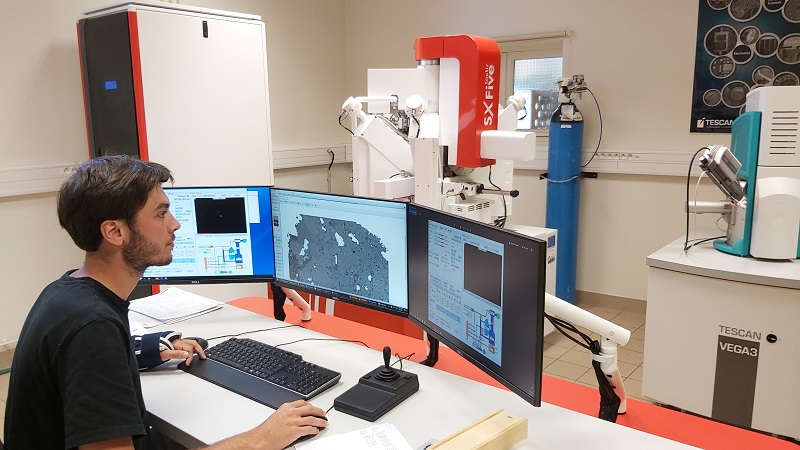
© Barbara Brenachot / Thomas Obin / GeoRessources
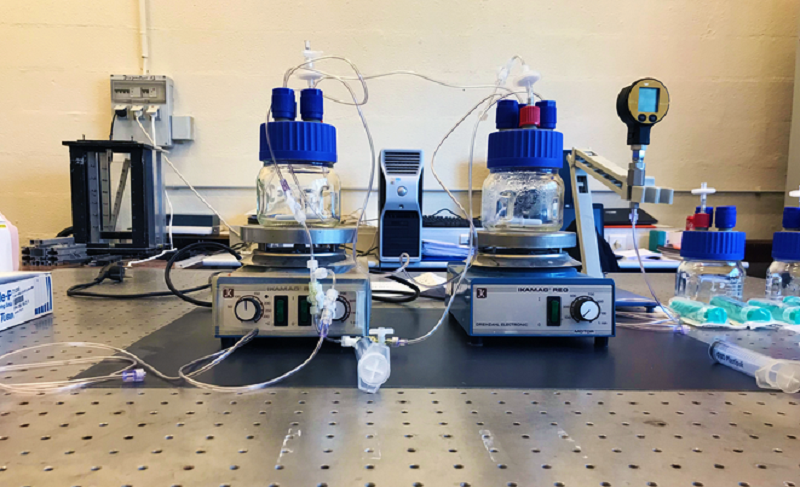
© Fabrice Golfier / GeoRessources
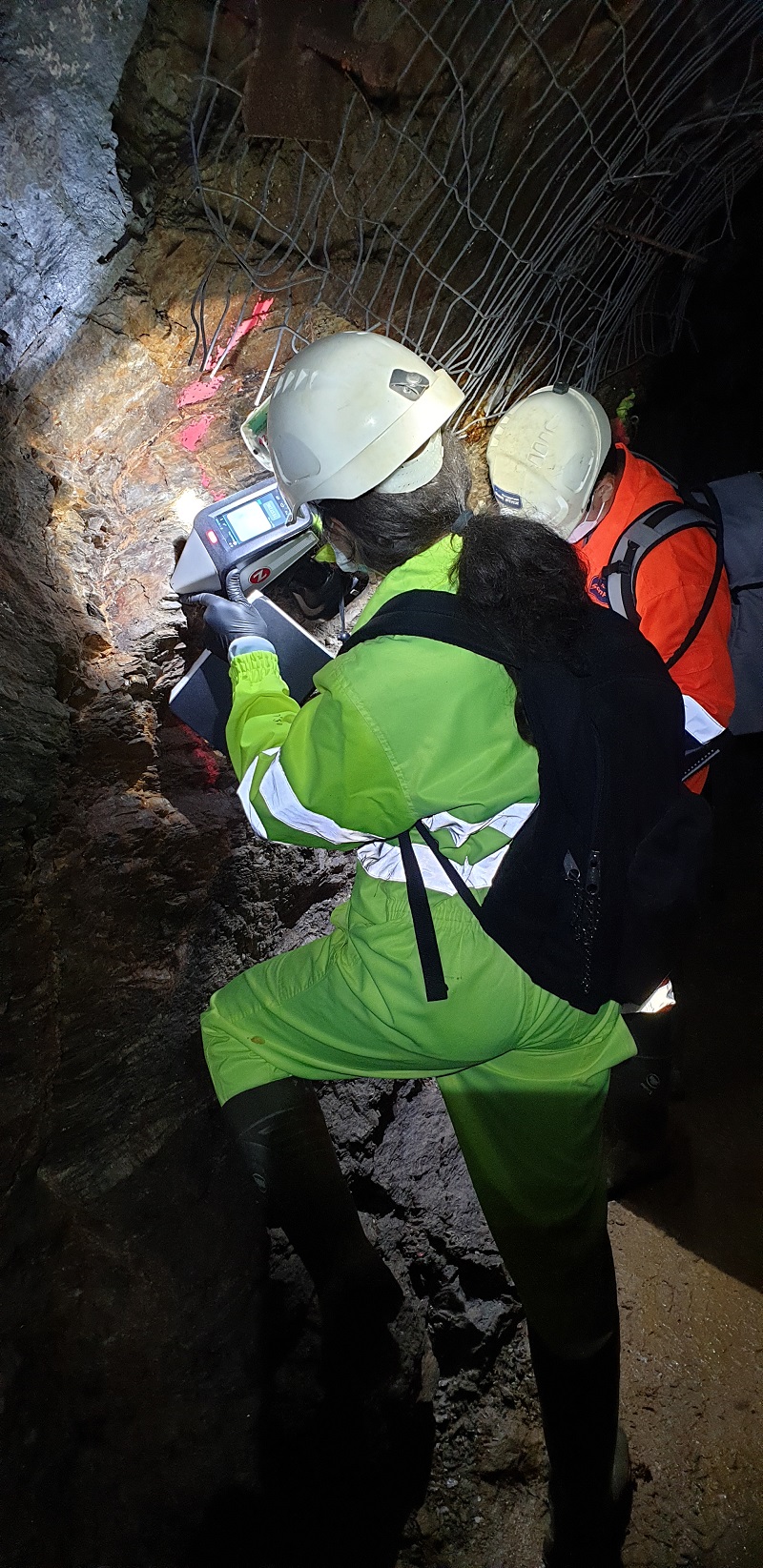
© Jean Cauzid / GeoRessources

© Cédric Demeurie / GeoRessources
Learn more about the project:
Article « Quand le CNRS fait laboratoire commun avec les entreprises »
Website of the laboratory GeoRessources (CNRS/UL) : http://georessources.univ-lorraine.fr/
